Advice and support
If you own an ancient wood, we can guide you through the restoration process.
Find out more and contact usContinuing a 150 year history of woodland management, the Shanes Castle estate is managing its woods for timber production while restoring the ancient woodland. Using low impact systems most of the wood produced enters the market as wood fuel.
Video length: 00:05:20
The O'Neills of Shanes Castle have been here for a very, very long time and I'm the latest member of the family to live here and I've been living here for 50 odd years now. This was one of the larger estates in Northern Ireland, although of course you're basically left now with the old domain and fortunately the family always took forestry very seriously and my son's now in charge and he tells Scottish Woodlands what he's prepared to live with.
My name is Brian Malcomson. I work for Scottish Woodlands and we manage Shanes Castle estate in County Antrim. We have managed the estate since approximately 2001. There are approximately 316 hectares of woodland on the estate, of which 60% of those consist of broadleaves. What we have here is really the first stage in our annual selective felling operations, where we come in and I myself mark all the trees which are to be removed.
We do use a harvester and forwarder, but we also have an excavator digger with timber grapple and also a chainsaw operative as well. The harvester and forwarder keep fair harvest and fell as many of the smaller diameter trees and conifers as they can. We also harvest the lop and top on the ground. During the harvesting operation, the excavator would pile the lop and top from the hardwoods and then we have a contractor that comes in afterwards, chips this up and takes it for their own market.
Scottish Woodlands have a large merchant base and 90% of the poor-grade hardwood on the estate is sold into the firewood markets and of course all the income generated from timber sales is pretty much all reinvested back into the woodlands. There's a continuity of woodland management on this estate for over 150 years, so we're really just continuing on from that what previous generations have done.
But you know, there's such a variation of age, size and structure on the woodlands on this estate. The gamekeeper runs and manages a very successful pheasant shoot every year. Last season's shoot was the second best since he's been here, so I think that just speaks for itself. It goes to show what we're doing is right. It is improving the woodlands in terms of wildlife and for the game shoot as well.
Before we carry out any operation, there's a great deal of planning that goes into it. We liaise with the estate owners. We liaise with the gamekeeper, environmental bodies as well, to make sure that what we're doing is satisfying the needs of all those stakeholders and basically all comments are taken on board and built into the planning of the operation.
The woodlands on this estate are managed through low-impact silvicultural systems. The reason for this goes back a few years. Not just our client at Shanes Castle, but other clients were telling us, you know, that they weren't overly happy, you know, with reinvesting a significant proportion of their timber sales income back into replanting costs. Of course, this was a time when continuous-cover forestry was in its infancy and we decided just to implement, you know, the low-impact silvicultural systems and it's working well.
It is maximizing timber income whilst also reducing expenditure in terms of replanting and replanting costs. In the future I imagine the woodlands will have a much greater size and age class than what they are today. We have kick-started the process of restructuring the woodlands on the estate. It will improve, you know. If we're entering into broadleaved areas such as this every 10 years you should be seeing in theory 10 very different size and age classes within a 100-year period, and so far we actually have got that on many of the various compartments, so that's the way I would like to see it.
If you own an ancient wood, we can guide you through the restoration process.
Find out more and contact us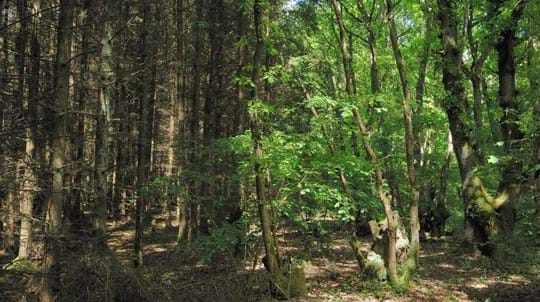
Protecting trees and woods
Find out how our restoration work is encouraging ancient woodland to recover and reverse years of decline.
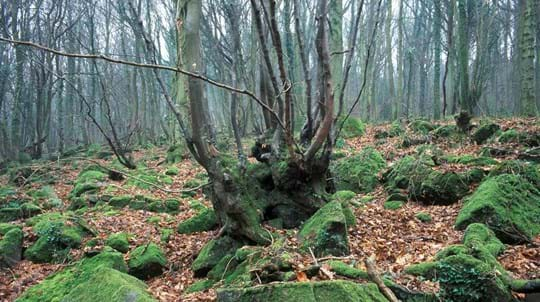
Protecting trees and woods
Think your wood could be ancient? Check our tips on what to look for on site and the historical records that could help.
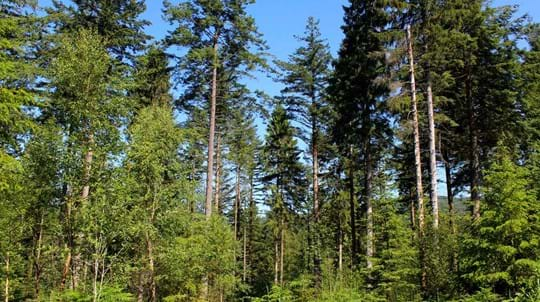
Protecting trees and woods
Discover how we restore and maximise the ecological integrity and resilience of these incredibly special places.
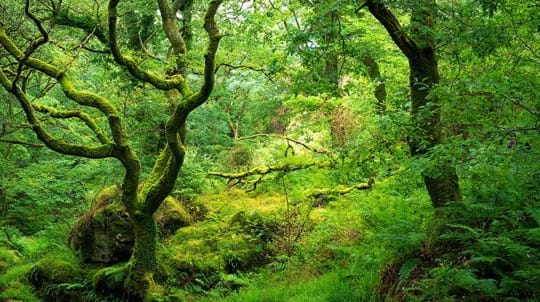
Trees woods and wildlife
Home to myth and legend, where folk tales began. It fuelled our ancestors and still houses thousands of species. Ancient woodland has grown and adapted with native wildlife, yet what remains only covers 2.5% of the UK.
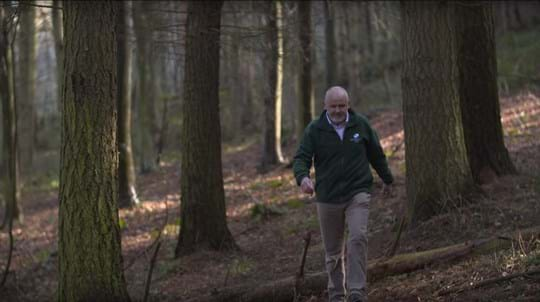
Video
00:06:58
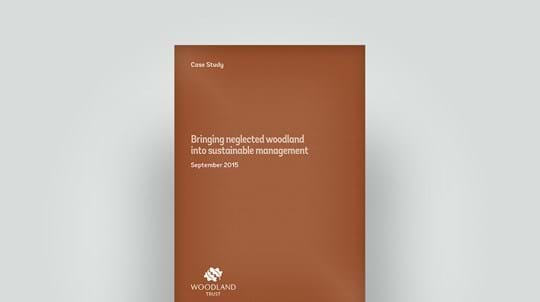
Case study
PDF (737 KB)
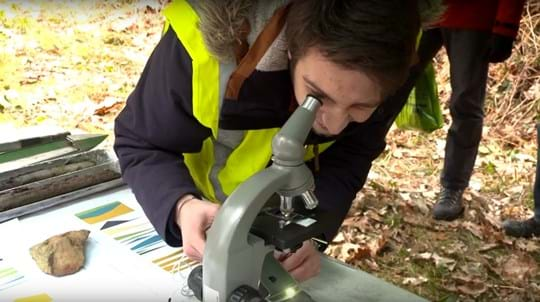
Video
00:06:35
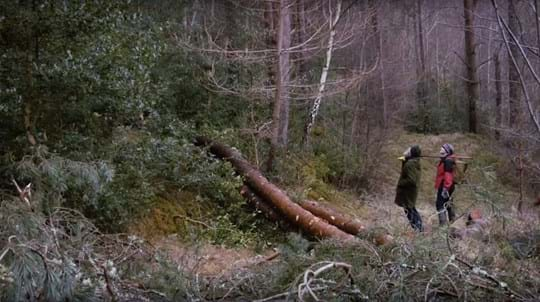
Video
00:03:37
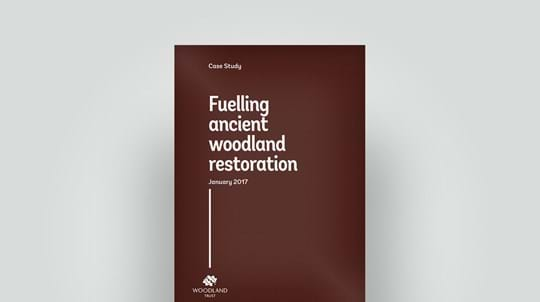
Case study
PDF (5.11 MB)
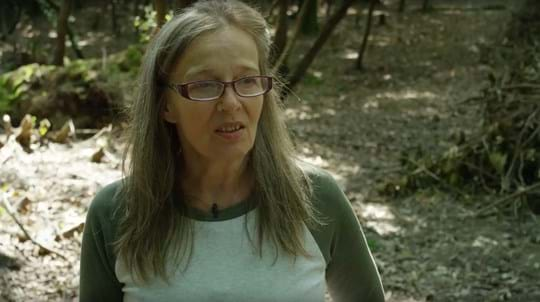
Video
00:02:40
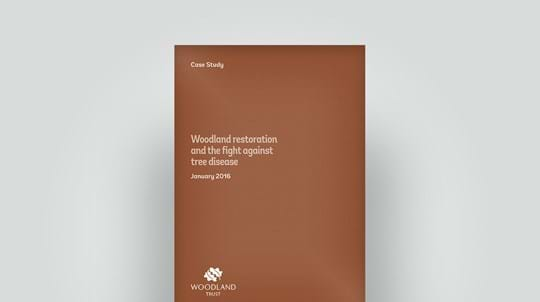
Case study
PDF (650 KB)
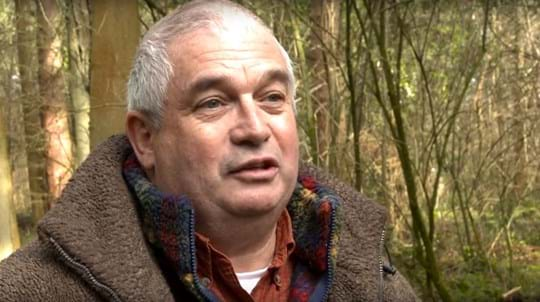
Video
00:05:09

Case study
PDF (2.21 MB)
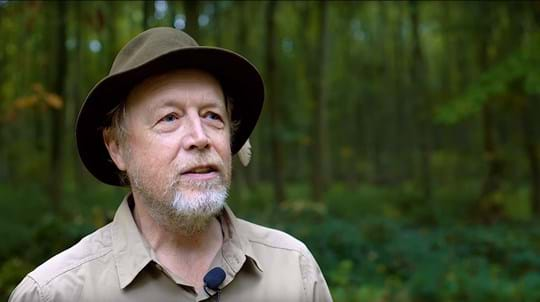
Video
00:04:07
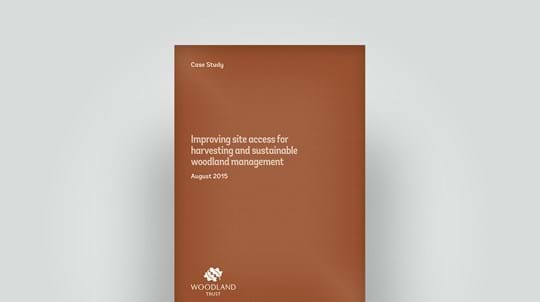
Case study
PDF (739 KB)
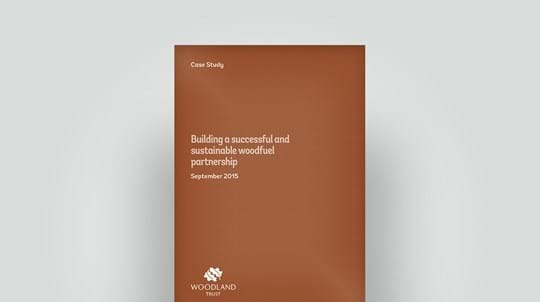
Case study
PDF (756 KB)
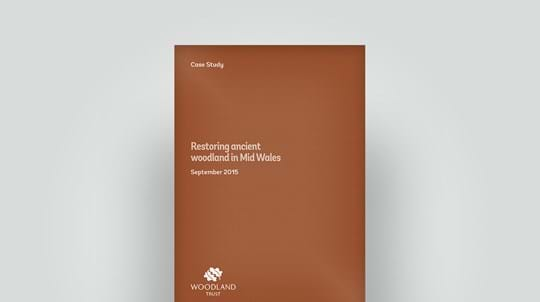
Case study
PDF (347 KB)